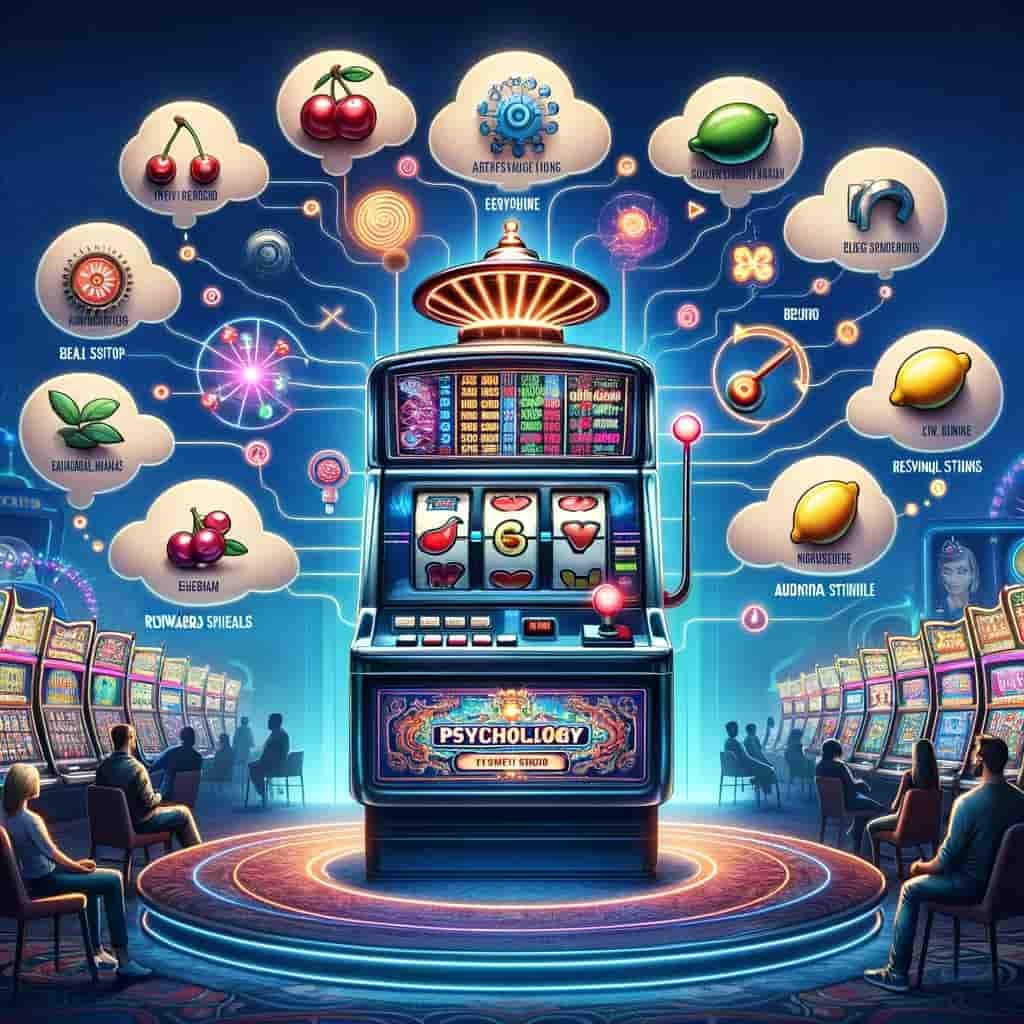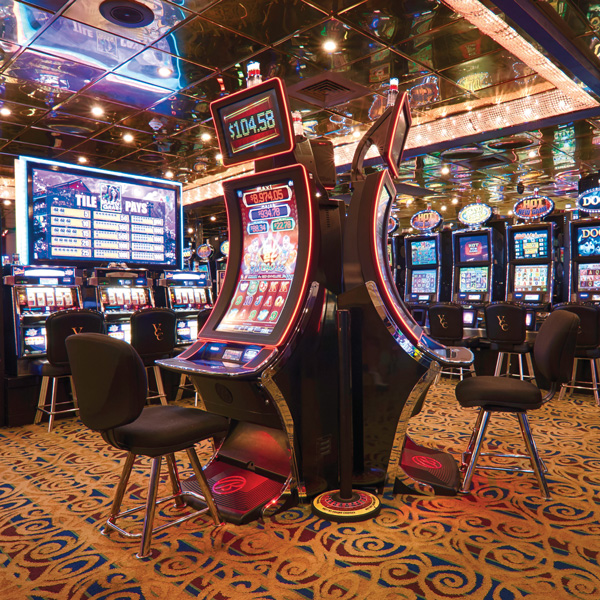The Portable Generation: Rediscovering the Brilliance of PSP and PlayStation Games
As the gaming industry continues its push toward next-gen hardware and cloud-based ecosystems, it’s important to remember the formative eras that shaped how we play today. Sony’s PlayStation brand has long been a leader in this evolution, 카지노커뮤니티 offering a vast library of titles that have consistently ranked among the best games in the world. But while PlayStation games on home consoles often receive the spotlight, the PSP’s role in redefining mobile gaming deserves renewed attention. It wasn’t just another handheld—it was a revolution in your pocket.
The PlayStation Portable arrived at a time when gaming on the go was largely associated with simplicity. Yet PSP games shattered expectations by offering rich, cinematic experiences in a compact form. “Midnight Club: LA Remix” gave players open-world racing in the palm of their hands. “Lumines” combined puzzle-solving with hypnotic music, creating a vibe unique to the PSP. These games weren’t just technical achievements—they were genre-defining titles that proved handheld gaming could be smart, stylish, and deeply immersive. PSP owners weren’t getting a lesser version of the PlayStation experience—they were getting a different, equally valuable one.
Meanwhile, PlayStation games on consoles like the PS2 and PS3 were forging unforgettable journeys. “Jak and Daxter,” “The Last of Us,” and “Killzone” offered layered gameplay and emotional storytelling that pushed the boundaries of what games could achieve. And yet, the creative DNA behind many of these titles could also be found in their handheld counterparts. The relationship between the PSP and the home console experience was symbiotic. Games often carried narrative threads, mechanics, or shared universes between platforms, inviting players to stay engaged no matter where they were.
The PSP also made gaming more personal. While console gaming typically meant sharing the screen or carving out uninterrupted time, PSP games allowed players to escape into their own world whenever they needed to. It became common to see students gaming during lunch breaks, commuters deep in boss battles, or travelers exploring fantasy realms between stops. That quiet, individual connection to the game world was something new—and it’s a quality that even modern portable devices still strive to recreate.
Though the PSP may no longer be in production, its impact echoes through modern design trends, from remote play to portable cloud gaming. And with PlayStation still producing blockbuster hits, it’s clear that the spirit of mobile innovation hasn’t been lost. PSP games remain a testament to what’s possible when ambition meets accessibility. Together with their console counterparts, they remind us that the best games don’t just entertain—they follow us, challenge us, and grow with us, no matter where we go.




